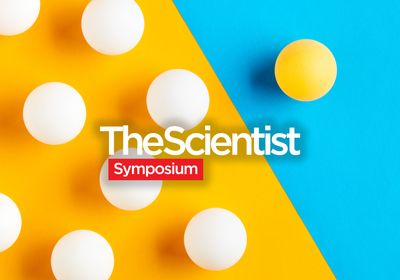ABOVE: © BODY SCIENTIFIC INTERNATIONAL
Enhancers are stretches of DNA that regulate where and when a gene is expressed. While the sequences of enhancers can vary among species, their function is highly conserved across hundreds of millions of years of evolution. For example, a recent study found that an enhancer from the sponge Amphimedon queenslandica can drive transcription in specific cell types in mice and zebrafish. While enhancers in the more complex organisms didn’t match the sequence of the sponge enhancer, the regions contained different arrangements of shared transcription factor binding motifs. The same was also true in the human region that most closely matched the sponge enhancer.

Enhancers mediate gene expression by recruiting transcription factors (TFs) that subsequently recruit additional machinery to initiate transcription. Enhancers often act across great distances in the genome—up to about 1 million base pairs, as is the case for the developmental patterning gene Shh—and their location relative to the genes they regulate is variable: they can be upstream or downstream, and they can reside outside of coding areas entirely or within introns of other genes.

Read the full story.
Editor’s note: Before work on this article was complete, Jack J. Lee started a communications fellowship at the National Cancer Institute’s Division of Cancer Prevention.






